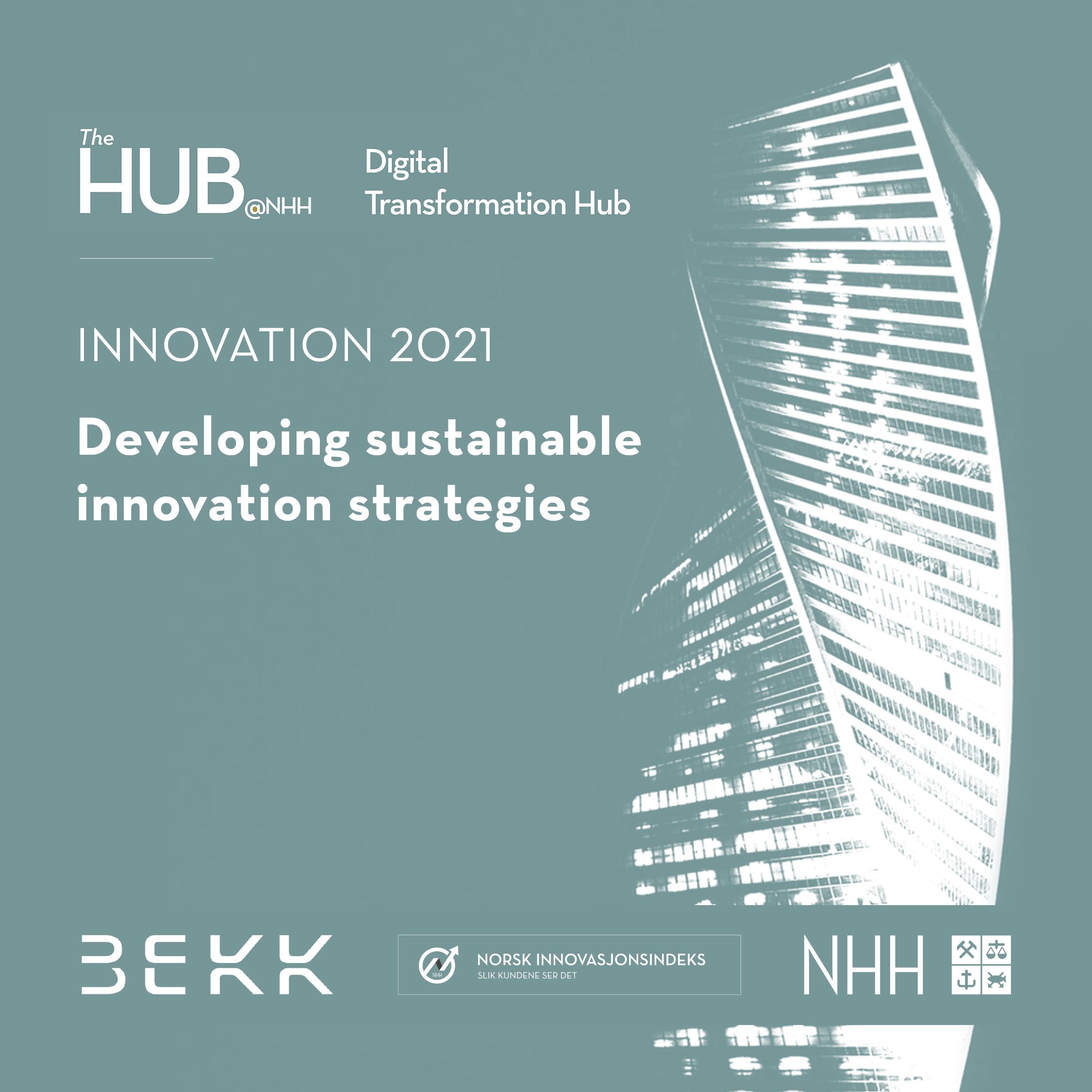
Innovation - a matter of the mind
What characterizes the companies that are top of their innovation class and what can other companies do to get there?
Over the years, Norwegian managers and companies have documented a considerable ability to implement new solutions in production and administration routines to extract productivity gains.
This is a logic that was ideal for the post-war period in the industrial development of Norway, and have given us companies such as Hydro, Elkem, Yara, Telenor, Equinor, and Marin Harvest.
A new era
In 2020, innovations primarily take place by utilizing digital technology with a knowledge-based service economy as a context - where end customers are important. Therefore, I believe that innovation competence must be better balanced between B2B and B2B2C, where knowledge of the end customers as drivers of innovations becomes central.
Sensors, smart products, and IoT make it possible to collect large amounts of data about the use of products and services in real-time. BIG data and Artificial Intelligence/ Machine Learning enable us to optimize, predict, and decide based on customer insight on a completely different basis than before.
Innovations in businesses’ downstream activities is a new area within this context, where the DIG center at NHH aims to bring greater knowledge about value creation.
Companies that have a good outset for success in terms of innovation, are characterized by a customer-centric culture blended with a high level of digital competence which they turn into solutions that give end-customers a better everyday life.
In the context of the Norwegian Innovation Index, we see that IKEA and Sbanken are on top of their field because they possess these properties.
Succeeding is a matter of mindset
The pitfalls when succeeding in innovation is a matter of mindset. Either, one believes that one can create markets through innovations and provide customers with extra value that triggers willingness to adopt and pay, or one believes that one must adapt to a market where the price is given and compete at low costs - as was done in the post-war logic described above.
The latter scenario gives us generic products: aluminum, salmon, oil, gas, etc. In the first scenario, firms can build a brand name and charge an extra price because they offer extra value.
I believe that we, to a great extent, are still stuck in the industrial innovation paradigm that gives us cost reductions without necessarily adding value to customers - something we see in retail . Here, innovation is focused in the logistics function rather than in the store concepts.
We need to remember that just as you can create new technology, you can create new markets. In Norway, the authorities, together with the citizens, created the electric car market through financial incentives. Today, Norway is a world leader in electric cars per capita.
Tesla and Elon Musk turned the car industry upside down with design and sophisticated electric cars. Today, Tesla is the world’s most valuable automaker now more worth than Ford and GM combined.
Another example (which unfortunately has drowned in the news) is Norwegian, which created the low-cost market for overseas flights. Had they not been affected by a set of unfortunate circumstances, often beyond their control, this would have been a commercial success.
The moral of the story
So, what is the moral? Firms that truly understand what is valuable to consumers and see how they can provide them with a new solution - digital or not - that allows them to move forward in life, are the winners.
From the Norwegian Innovation Index, we have learned that firms that are perceived to be innovative by their customers are more attractive in the marketplace and are rewarded with more loyal customers.
See also:

